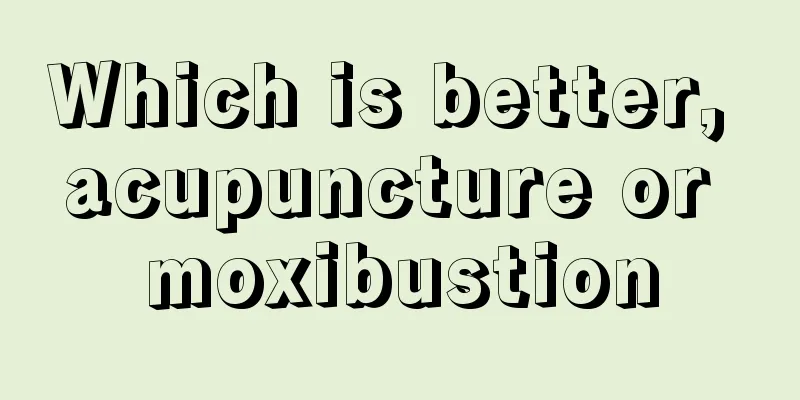How to check liver cancer with ultrasound? Detailed explanation of the characteristics of liver cancer with ultrasound

|
What is the role of ultrasound examination for liver cancer? Ultrasound is often one of the most important ways to examine liver cancer, and it cannot be replaced by other examinations. Today, let's learn about the characteristics of ultrasound examination for liver cancer. Ultrasound examination of liver cancer features Ultrasonic waves have good directivity, so when they pass through the interface of different materials, they will be reflected. The reflection of ultrasonic waves is related to the physical properties of the material they pass through, such as density. A specific receiver is used to receive the reflected ultrasonic waves, and the physical properties of the material they pass through can be understood through the characteristics of the reflected waves. If these reflected waves are processed by a computer and converted into images, they can be used to diagnose diseases. Ultrasound is the preferred means of examination for liver cancer. A correct ultrasound examination can detect liver cancer with a diameter of 2 cm, and an experienced physician can diagnose liver cancer with a diameter of 1 cm. Liver cancer can also be distinguished from other space-occupying lesions based on the characteristics of ultrasound. For example, liver cancer appears as a substantial low-echo area and a substantial inhomogeneous echo, while hemangioma appears as a high-echo area and liver cysts appear as an echo-free area. Next, let’s compare it with CT and see what the differences are. Differences between ultrasound and CT in liver cancer examination When it is difficult to determine whether a liver space-occupying lesion is benign or malignant by B-ultrasound, enhanced CT can be performed to further determine its nature. When preparing for surgical resection, a CT scan can be performed to determine whether the liver cancer has metastasized into the liver. Postoperative follow-up only requires B-ultrasound combined with alpha-fetoprotein examination. If B-ultrasound reveals recurrence or suspected recurrence, CT examination can be performed. After hepatic artery embolization chemotherapy for liver cancer, a CT scan should be performed to understand the filling status of iodized oil in the liver cancer to guide the next step of treatment. Sometimes as a diagnostic method, a CT scan is done 2-3 weeks after a small amount of iodized oil is injected into the hepatic artery. This CT scan is called iodized oil CT, and it can detect liver cancer with a diameter of 0.5 cm. From this point of view, ultrasound is an essential examination item for liver cancer. |
Recommend
What painkillers are used in late stage lung cancer
Lung cancer patients can relieve pain by taking m...
What is the relationship between smoking and lung cancer? Smoking greatly increases the incidence of lung cancer
Smoking and lung cancer are closely related. Many...
How should we prevent pancreatic cancer in our daily life?
As more and more pancreatic cancer patients appea...
What exactly causes bad breath?
Bad breath is very common nowadays. Most of the p...
What can I use to stop itching my hands
There are many reasons for itchy hands. When peop...
How much does chemotherapy for bile duct cancer cost per session
Everyone may be familiar with the word chemothera...
What are the effects and functions of red bean hot compress, and what problems can it relieve?
I believe that many people don’t know much about ...
Watermelon cannot be left overnight, will it cause cancer? Doctors remind: These 4 kinds of fruits really cannot be left overnight
On a hot summer afternoon, a young lady named Xia...
Apple cheek filling failed
The apple muscles are the muscles on people's...
Can mid- to late-stage ovarian tumors be cured?
I have introduced the issue of ovarian cancer to ...
How to completely cure fibroids
With the increase of life pressure, many people&#...
What's the matter with the hot temper?
The so-called "hot temper" means that a...
How to treat the harm of high blood lipids, everyone is responsible for protecting health
High blood lipids have great potential harm to ou...
How to improve droopy mouth corners
Many people have drooping corners of the mouth, w...
6 Best Fitness Exercises
Fitness is an increasingly popular lifestyle, and...









